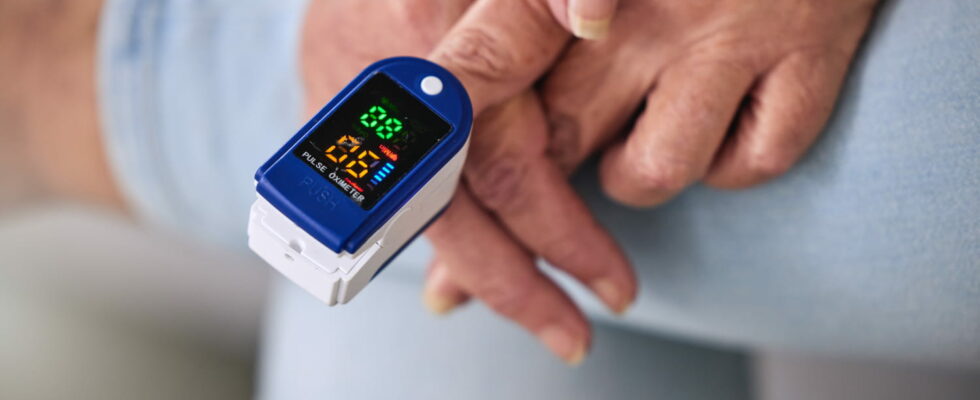A measure to monitor regularly as you age.
Heart rate (or heart rate) is the number of beats the heart makes in a minute. It is an important indicator because it allows us to know the state of fatigue of the heart and to prevent cardiovascular diseases. “The older we get, the more difficulty we have in regulating our heart rate and the greater our cardiovascular risk, hence the importance of regularly measuring your heart rate.“, immediately recommends Jeanne Vicaire, cardiology nurse.
“From the age of 60, we must pay more attention to our heart rate, especially postmenopausal women who no longer benefit from certain cardioprotective agents (vascular and metabolic) such as estrogens.“, reminds our interlocutor. It is strongly recommended to consult a doctor to carry out a cardiovascular assessment and check if the rhythm is normal. Depending on the assessment, preventive measures may be given to the patient. “Unfortunately, age is not a modifiable risk factor. On the other hand, we can play on other modifiable risk factors which are our lifestyle habits: limit our tobacco and alcohol consumption, regulate our “bad” cholesterol levels, our blood sugar levels, treat stress, anxiety. and depression, fight against a sedentary lifestyle and practice regular physical activity.” At this age, having a pulse oximeter at home (finger oximeter) or wearing a connected watch with a built-in pulse oximeter and electrocardiogram may also be advisable to monitor your heart rate daily.
“A standard has been defined by several organizations, such as the National Institute of Prevention and Health Education (Inpes): in adults aged 60 who have a healthy heart, the normal heart rate must be be around 60 to 80 beats per minute at rest“, continues our interlocutor. This means that if the person is below this standard, their heart has a slow rhythm (bradycardia) and if it is above (from 90-100 bpm), their heart beats more quickly than expected (tachycardia), which can – in both cases – reveal a cardiovascular problem with a risk of serious complications without appropriate treatment. In addition to this, problems with the regularity of the heart (arrhythmia, dysrhythmia) can be added. end up tiring the heart. Eventually, heart failure can set in.
During exercise, the maximum heart rate (FM) according to age is defined by a calculation: FM = 220 – age. For example, the maximum heart rate of a 65 year old person is 220-65 = 155. However, it is recommended not to exceed 70% of the FM, especially in the absence of regular training in physical effort (in the example: 108 bpm).
